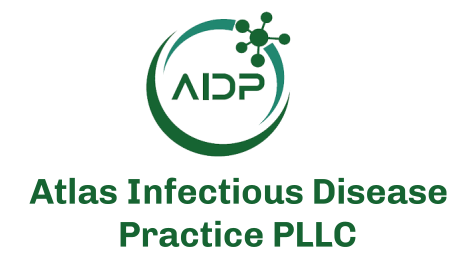Clinical science in infectious diseases saw significant progress in 2024, with multiple clinical trials of new antibiotics and infection prevention strategies. The year also brought public health challenges, including outbreaks of dengue, measles, mpox, and highly pathogenic avian influenza A, highlighting the continued need for research and clinical interventions.
At IDWeek 2024, experts gathered to review these developments and ongoing challenges. The What’s Hot in ID Clinical Science session highlighted key trials and trends from the past year. While many studies were considered, this review focuses on findings that may influence future clinical practice.
In our interview with co-author Jeff Freiberg, MD, PhD, assistant professor at Vanderbilt University Medical Center, he discussed his review of infectious disease clinical science, focusing on Phase 3 clinical trials, emerging infections, and more. Freiberg described the process of selecting studies for inclusion, “We went through dozens and dozens of studies to try to pick the ones to include. I think for every study that we included, there were several others that you could easily have made a case to cover. Some of it was focused on things that fit together well into this review, and then some of it was trying to think about which studies would appeal the most to the broadest audience in infectious diseases.”
Emerging and Reemerging Infectious Diseases
Several infectious diseases saw increased activity in 2024, including dengue, measles, mimited to people in endemic areas. Fortunately, trials testing new vaccines that don’t require previous exposure show a lot of promise for the future.”
Measles also saw a resurgence, with over 275 cases reported in the US in 2024, no including this current outbreak in Texas, but all primarily among unvaccinated individuals. A decline in measles vaccination rates, globally and domestically, has heightened the risk of outbreaks, particularly among international travelers. Freiberg also addressed the resurgence of measles calling it, “probably the saddest thing to see as an infectious disease doctor, because we have a good vaccine against it, and we’ve been able to prevent it.” He emphasized the need to increase vaccination rates and educate the public about measles’ rapid spread and severe complications.
Mpox reemerged with the spread of clade I mpox from the Democratic Republic of the Congo, prompting the WHO to declare a public health emergency in August 2024. Unlike the 2022 outbreak caused by clade II, clade I mpox is more transmissible and severe. A clinical trial evaluating tecovirimat failed to show efficacy, reinforcing vaccination as the primary preventive measure. Regarding mpox, Freiberg explained that this year’s cases involve clade I rather than clade II, stating,“What we saw this year, as opposed to a couple of years ago when we had a widespread outbreak, is that this is clade I. We had the first case in the U.S. at the end of 2024. It’s definitely not as widespread, but these cases are thought to be more dangerous and severe. We do have vaccines, and they’re effective at reducing severity, if not preventing the disease altogether. At this point, the risk in the US is still low, but it’s important to have supplies and knowledge available in case it becomes more widespread.”
H5N1 avian influenza became an escalating concern after the virus spread to US dairy herds in March 2024, leading to over 900 livestock infections across 17 states and 66 human cases. The detection of mammal-to-mammal transmission and serologic evidence of infections in farm workers underscores the virus’s pandemic potential, necessitating continued surveillance and research. On the topic of H5N1 avian influenza, Freiberg stated, “H5N1, highly pathogenic avian influenza, is probably the most concerning because of its widespread presence in both livestock and bird populations—poultry and wild birds alike.”
“It becomes a difficult task to try to vaccinate poultry and livestock to reduce the spread. We don’t have the same type of effective vaccines for H5N1 that we do for some of these other diseases. The real focus needs to be on developing better vaccines and improving ways to control and identify cases before they spread in the human population,” he concluded.






